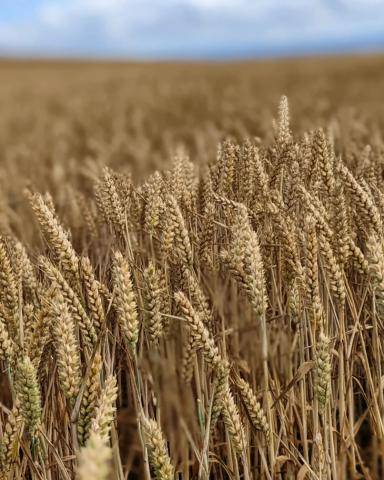Evaluation of new plant varieties
New plant varieties assist growers in improving productivity whilst managing emerging challenges such as climate change, new diseases, market demands and sustainability. To encourage improvements, legislation governs the process for determining which new varieties can be marketed, based on performance and novelty. Breeders can receive protection for their new varieties under the UPOV system, provided they are distinct, uniform and stable (DUS). For key crops, further performance information is generated to help growers choose the best varieties for their circumstances.
Growing challenges
Plant variety trials are invariably expensive, so there is great benefit in making trial systems more efficient and ensuring that maximum use is made of the information gathered. Application of quantitative methodology can help to both reduce costs and add value through insightful analysis.
The choice of variety to market or grow depends on array of factors. It is a complicated decision process but smart tools can also help the grower in their selections.
Our role in variety trials
BioSS advises several bodies on variety evaluation, including the Scottish and UK Governments, the Agriculture and Horticulture Development Board and the British Society of Plant Breeders. We also play an active role in national and international committees.
BioSS has a long history of involvement in variety trials, including efficient ways to lay out trials of plant varieties (incomplete block designs), improved ways to interpret the results of the trials (REML), automatic measurement through digital imaging and better decision-making. As well as our work in method development, we provide a planning and processing service supporting field trial systems.
More recently, the focus have been on reducing the costs of trialling and extracting greater value from the information produced. For example, distinctness assessments are usually made over two years of trials. By predicting the second year’s results from the first year, it is possible to reduce trial costs. The technical challenge has been in allowing fully for year-to-year variability in environmental conditions. For recommended lists, attention has traditionally been focused on overall performance of varieties. We are now investigating ways to demonstrate how the varieties perform in different situations
Prospects for the future
For DUS, developments will concentrate on the use of DNA-based methods to make assessment more efficient, requiring new statistical methodology. For performance assessment, we will be focusing on how to produce more tailored information to help growers chose the right varieties for their circumstances.


